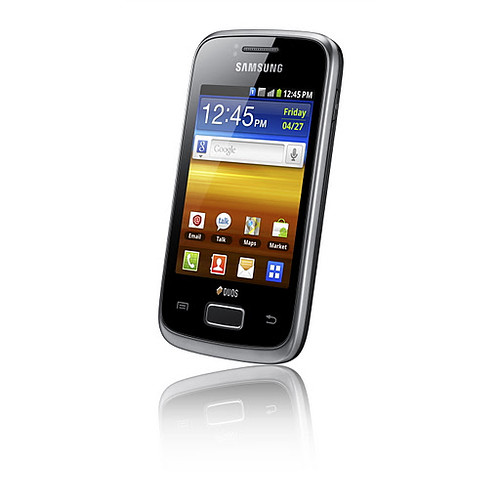If you’re like me you read far more journalist analysis of the wireless phone market than is good for you. I thought that it would be instructive to have a look at what consumers are looking for instead and look for any patterns. After sales availability and visibility consumer interest is probably the biggest determinator of success. My weapon of choice was Google Insights for Search. My research was based on a few assumptions about consumer interest in the wireless space and some limitations in the tool that I was using:
- Consumers know what type of smartphone that they want
- Consumers decisions aren’t carrier loyal
- Consumers used Roman script to search for the brand
- Search is a good proxy for consumer interest – it hasn’t been disrupted by Facebook in this regard yet despite what others may tell you
- China despite being the world’s largest market isn’t going to be providing meaningful data because Google Insights for Search doesn’t cover that market
- The Russia sample is indicative of overall consumer sentiment in Russia (Yandex is a big search player in Russia)
Consumer Interest in platforms
Some of the biggest interest in handset brands is in the developing world. In many respects this is their PC revolution. In developed Asian markets like Hong Kong and Singapore there is a much higher interest than EU countries – partly because of on-the-go lifestyles and partly because of the economic cataclysm that the western world is facing. The iPhone still attracts the most interest, but what is interesting is the acceleration that Android seems to have in terms of increasing interest. Microsoft’s efforts, whilst lauded by critics haven’t yet turned into consumer interest. Research In Motion’s Blackberry platform seems to be down but not out yet in the consumer stakes.
Nokia
I took a snapshot of consumer interest in Nokia over the past three months to try and see what effect the global launch campaign for Nokia’s Windows phones are doing to consumer interest in the brand.
I deliberately didn’t compare them to the iPhone because Nokia themselves acknowledge that they are competing against Android handset makers like HTC and Samsung. Nokia launched the Lumia phones with their biggest marketing campaign ever and had a lot of column inches written about the brand alongside a gamut of marketing commnications tactics from experiential events and advertising to point of purchase.
Whilst Nokia’s new range of Lumia phones have had a substantial marketing budget put in place, but it doesn’t seem to have significantly affected search interest: it’s not quite living up the Amazing Everyday billing yet. This is also the case for Windows Phone with interest remaining consistently low in comparison to the Nokia brand. I think that the stubborn consumer disinterest in Windows Phone is a big challenge.
More wireless related content can be found here.
